Interlocking is primarily a safety measure, though, the process interlocks used to control the loops or sequence.
Interlock Philosophy
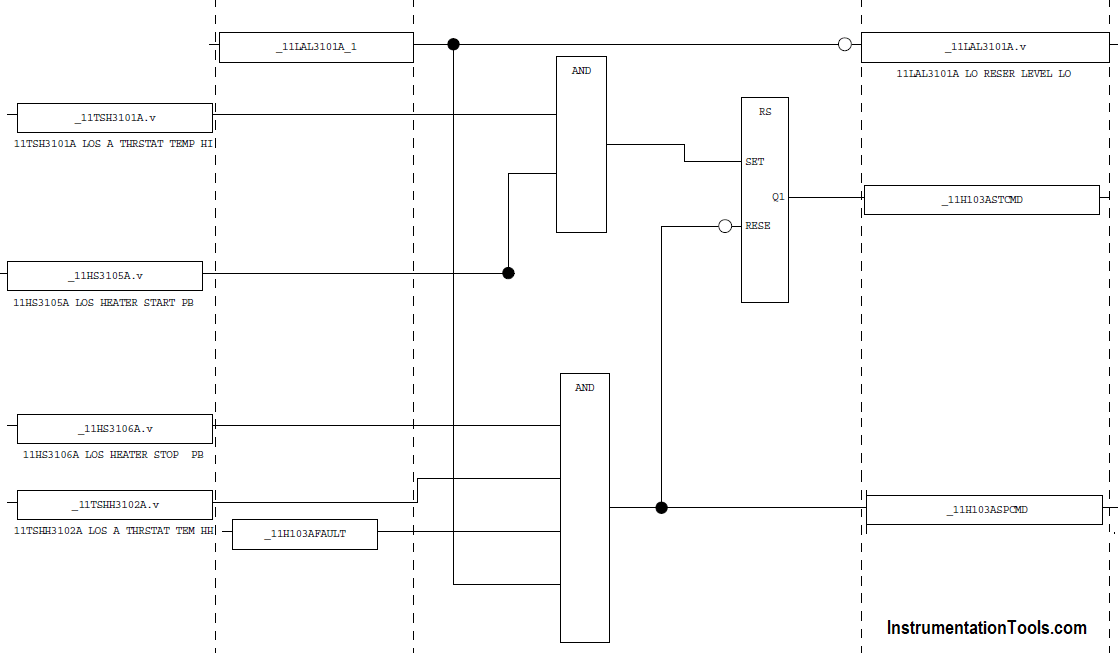
Interlocking is a method used to maintain safe operating state of machinery.
Interlocks (except process) put the ‘target device’ (the equipment which the interlock acts on e.g Valve or Pump) into a “default” position to help ensure process is in a safe state. All interlocks report to the control system.
Also Read: Shutdown Philosophy
Types of Interlocks
The types of interlocks in the System are described below.
Hardwired Interlock
These are often used as a primary safety device. The signal from the interlocked device is wired directly to the controlled device.
The signal is also input into the control program in order monitor the state.
They cannot be bypassed by the control logic, and takes priority over safety and process interlocks.
Each hardwired interlock is associated with a Priority 1 alarm.
Safety Interlock
An interlock used specifically for safety reasons. Control program operates the interlock with control logic in response to a signal input.
The interlock may only be changed or bypassed by changing the control logic.
Each Safety interlock is associated with a Priority 2 alarm.
Process Interlock
An interlock used to automate the control of a process or a device. The control program operates the interlock in response to a signal input.
The interlock is always active during Run mode.
Permissive Interlock
The interlock is only in a position other than its safe or default position if and only if certain conditions are true. In all other instances, including poor signal quality, the interlock assumes “default” position.
If you liked this article, then please subscribe to our YouTube Channel for PLC and SCADA video tutorials.
You can also follow us on Facebook and Twitter to receive daily updates.
Read Next:
- DCS System Layout
- ICS Control System
- PLC Permissive Interlocks
- Interlocking in PLC
- PLC, HMI, VFD, and Motor

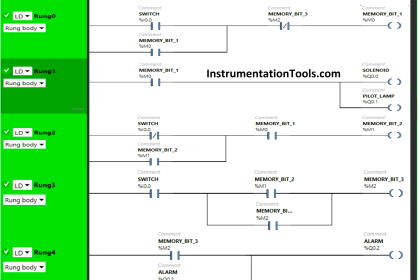

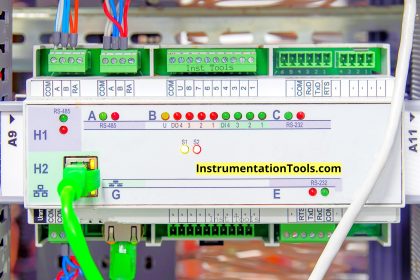
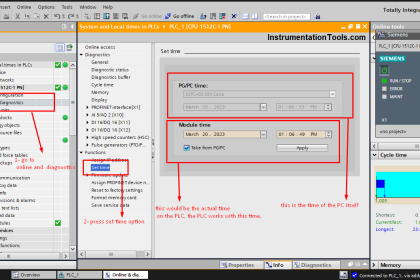
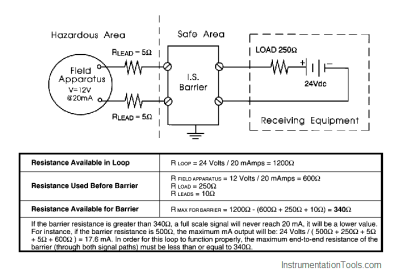
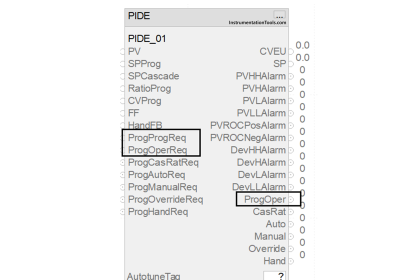
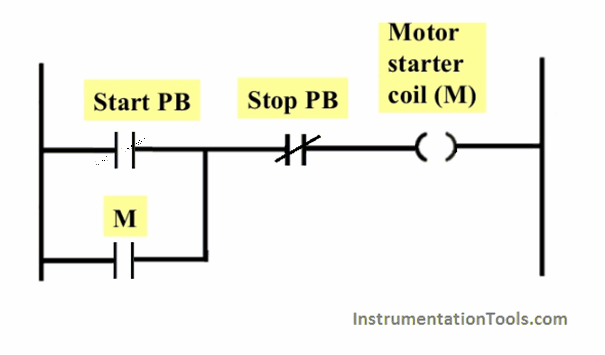


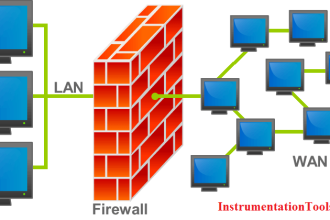
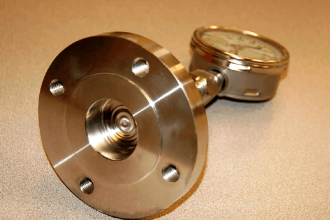
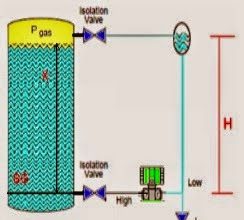




Good one